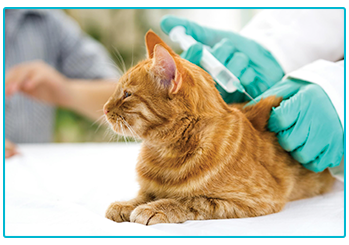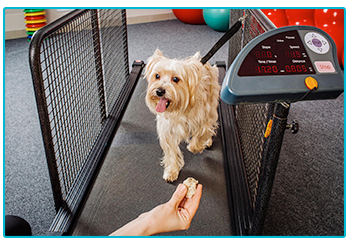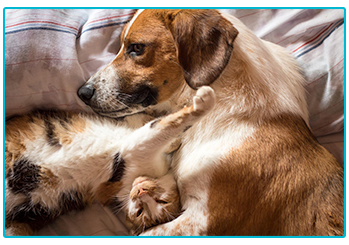Diabetes is a disease that has become common for humans and is a big part of the sufferer’s everyday life. It’s perhaps not as well known that our cats and dogs can also be affected by a similar illness, diabetes mellitus. We don’t want anything to hinder our pets on their adventures, so it could be vital to be aware of any illnesses that might affect your cat or dog. At The Insurance Emporium, we want to help you and your pet stay healthy and enjoy many magical times together. We spoke to our pet health expert, who offered us some guidance on this illness!

What is it?
Diabetes mellitus is a common endocrine problem in cats and dogs. Much like in humans, it is caused by a deficiency in the production of insulin by the pancreas. This insulin moves glucose, an important source of cellular energy, around the body. A lack of insulin, or failure of the cells to respond to it, can result in raised blood glucose levels, hyperglycaemia and diabetes.
What are the signs?
Some symptoms of diabetes mellitus can go unnoticed, however there are numerous signs that could suggest that your cat or dog is suffering from diabetes. Diabetics are always hungry due to their low cell glucose levels. Also, as blood glucose levels rise, glucose is excreted in urine. Your pet may start to drink more and urinate more as a result. You may also notice weight loss, disorientation, nausea, lethargy, infections, cataracts and peripheral nerve degeneration.

How is it treated?
The treatment of diabetes mellitus involves the owner working closely with the vet, in order to manage the condition. Treatment can include weight control, diet, controlled exercise and insulin. If the pet is female and hasn’t been neutered, she will likely be neutered. Most diabetic cats and dogs require an injection of insulin twice a day, although this can vary depending on the type of insulin prescribed.

Living with it
If left untreated, diabetes can lead to liver dysfunction and a life-threatening condition called ketoacidosis. Luckily, if it is treated, your pet should be able to live a happy life. Your cat or dog will need regular checks during the stabilisation phase, helping measure the response to treatment and adjust the dose accordingly. After that treatment will be a long-term commitment for any owner and should be discussed regularly with the vet.
It’s always upsetting and scary when you find out that your beloved cat or dog is not well but it doesn’t have to be the end of the world! Keeping an eye out for these symptoms and making sure that you take the right steps towards getting appropriate treatment could mean that you and your pet still have a long and happy life together!
All content provided on this blog is for informational purposes only. We make no representations as to the accuracy or completeness of any information on this site or found by following any link on this site. We will not be liable for any errors or omissions in this information nor for the availability of this information. We will not be liable for any loss, injury or damage arising from the display or use of this information. This policy is subject to change at any time.


